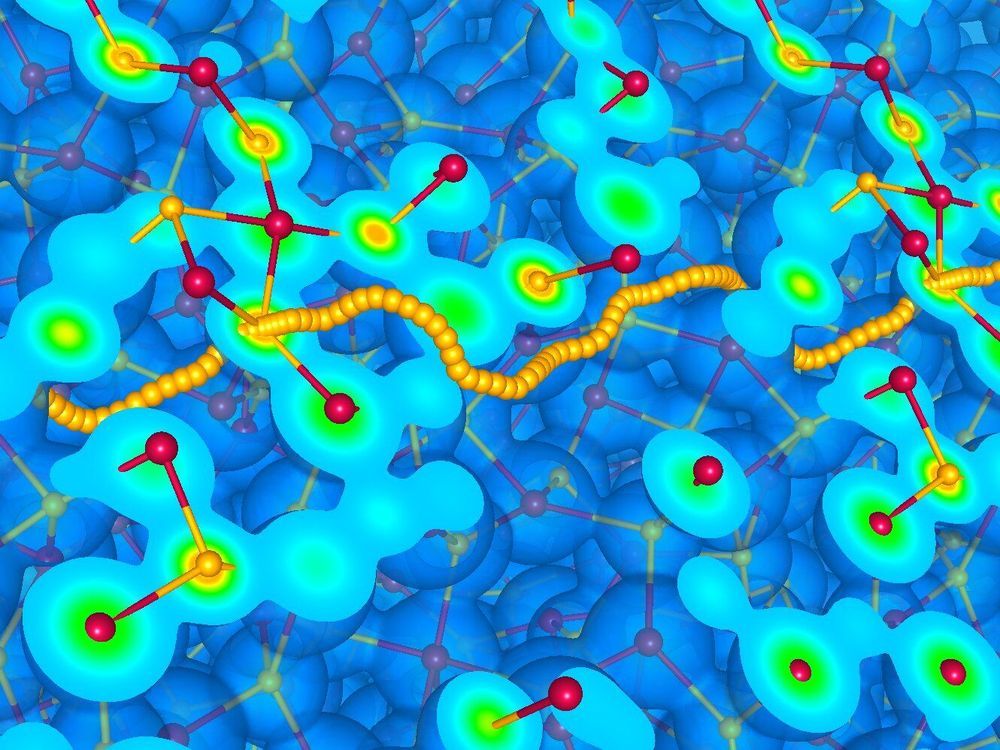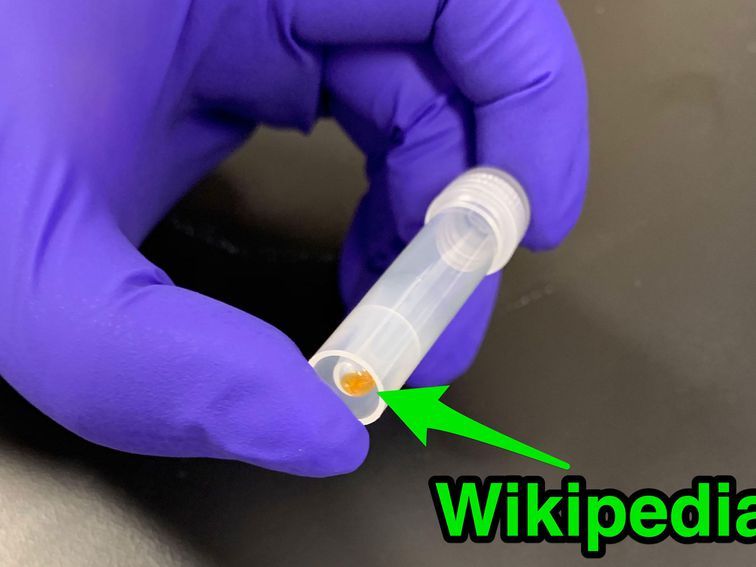Where reality is still lagging considerably is in recreating the physical experience of VR. In the movie, the haptic gloves OASIS players wear make them virtual objects almost indistinguishable from real ones. Other characters have even more advanced set-ups, like full-body haptic suits that simulate both pleasure and pain, complicated harnesses and treadmills that allow users to run around and move their bodies just like they would in real life, and even “smell towers.”
But a report released by analysts IDTechX to coincide with the movie’s release suggests the first step towards most of these technologies has already been taken. VR handsets already feature the same kind of rumble packs found in computer game controllers that provide simple haptic feedback in the form of vibrations.
These same vibration motors have also been integrated into VR gloves like Gloveone and Manus, where they can recreate textures. Go Touch VR’s haptic rings use a small motor to vary the pressure of a piece of plastic against your fingertips to mimic the force felt when touching objects, while Ultrahaptics beams ultrasound onto your hands to give the sensation of pressure and texture.







